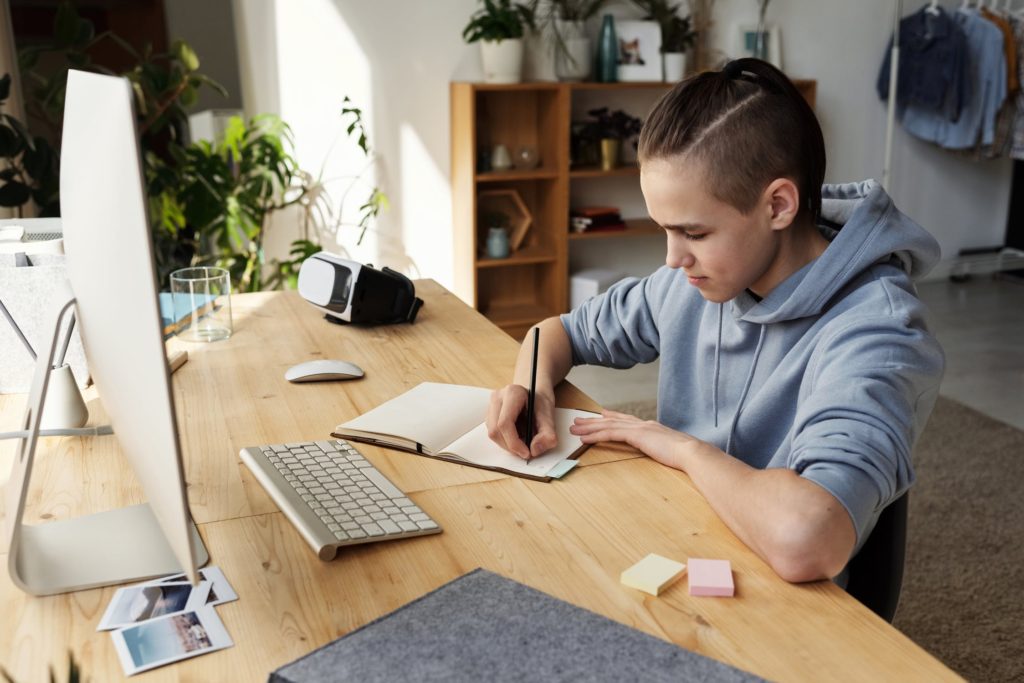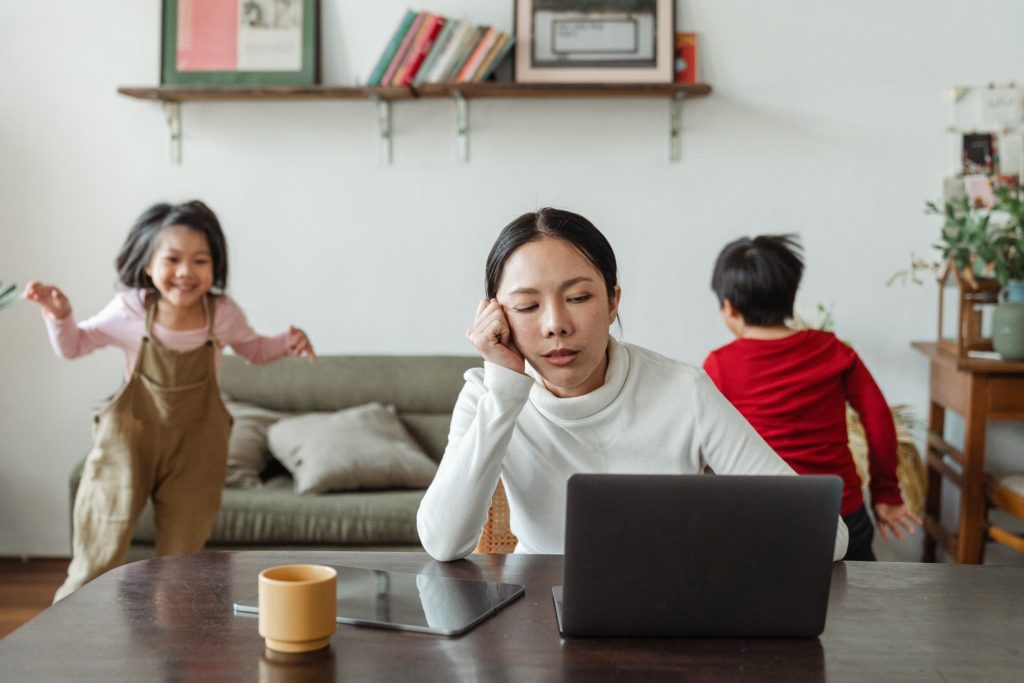
The global Covid-19 pandemic brought many changes with it. Many parents found themselves working from home, while many kids were now engaged in remote and hybrid learning. We all found ourselves in front of the screen more.
With remote and hybrid learning, kids are spending more time on tablets and laptops. Giving a kid a tablet while you’re trying to get work done or even just need a few minutes of quiet time is typically a safe way to entertain your kid or even provide educational resources (think things like ABC Mouse and educational videos).

How do you keep your kids from spending too much time on devices while keeping them safe online?
Let’s start with devices and security
Kids may use devices to engage in chats with groups of friends, which is a way for them to maintain and deepen friendships. Schools are also turning to online resources like email and online portals for education. Parents can manage smartphones and tablets for age appropriateness. Kids are clever and are sometimes able to find ways around this management, but it is a great place to start.
First and foremost, lock their screen time by adding a passcode, lock screen pattern, or biometric scan. Adding the lock feature makes it so kids can only use the device with supervision. Set limits to the screen time and timeframes when they are able to use their device. You may also implement monitoring services such as the “Screentime” app for Apple, and Goggle offers parental controls for app downloads. Make sure your kids only have access to apps that are age-appropriate and that you feel are safe for them.
Google TV is launching kid’s profiles in the US this month (March). Kid’s profiles will provide parents the ability to choose which apps are available to the profile. Parents have the ability to set daily watch time limits for kids, helping to limit your kid’s screen time and when they may be on the screen (I.e. no streaming during bedtime).
We also wrote recently about Microsoft Edge getting a kids mode soon to help keep you kid safe online. Read the full article here.
Social Networks
Social networks are popular, and your kid will most likely want to have a profile on some of them eventually. Before they create any profiles, you as the parent should navigate around the social networks your kid wants to use so that you are at least familiar with them. You may also want to set up the understanding with your kid that you be connected to their account and have access to it until you deem otherwise.
When your kid is setting up a profile on Facebook, jump into the privacy settings and set the “who can see posts” to friends and not public. You may limit past posts and enable the “review” feature so that you may review any posts that you are tagged in before it is added to your timeline. Next, under “how people may contact you,” set friends lists, lookups, and phone numbers to “friends” or “only me.” Next, disable search engine results so none of your kid’s profile/content shows up in search results. Be sure to turn off “location” and “face recognition” for their safety.
Once your kid sets up a profile on Twitter, head to the “settings and privacy” tab. Make sure only accepted followers on your kid’s account may see their tweets by selecting the “protect your tweets” feature. Prevent GPS and location-based information from being tagged in their tweets by disabling “location.” Under the direct messages tab, disable direct messages (DM’s) from non-followers, and enable “quality” messages to prevent spam.
Instagram is an ever more popular social platform. In Instagram, head to settings>privacy>account privacy and make sure that the account is set to private. Having a private account makes sure that content shared may only be seen and engaged with by accepted followers.
There are many more social platforms out there. The above should provide you an idea of what to do on each platform to help keep your kids safe.
